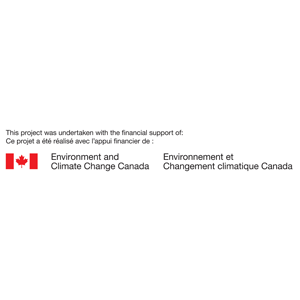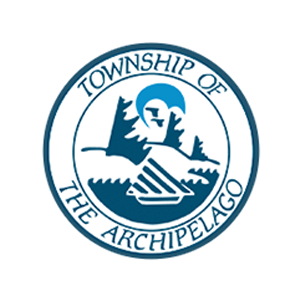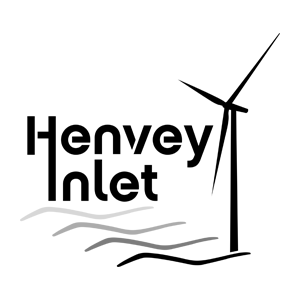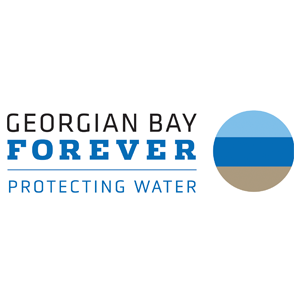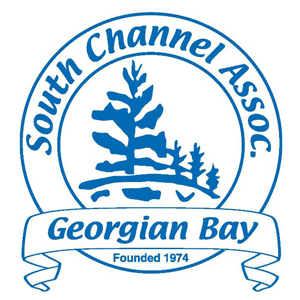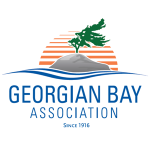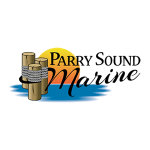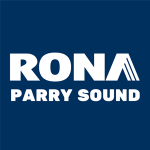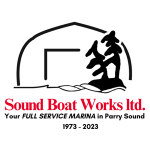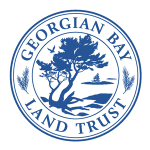While the snow continues to fall in the biosphere region, many of us find ourselves dreaming about summer days spent on the water. For some, this time on the water means getting out to the best fishing spot early in the morning, for others it’s taking the kids out for an afternoon tube or ski, and for some it’s a sunset cruise around the lake to end the day. Georgian Bay and the numerous inland lakes in the region offer ample opportunity for recreational boating, but what impact does this boat activity have on the aquatic environment? Before the arrival of those sunny summer days, let’s take a moment to learn about boat wake research happening in the region.

What Are Boat Wakes?
One thing all boats have in common is that they produce a wake. Boat wakes are the v-shaped series of waves created by the displacement of water as a boat passes through the water. For an explanation of the physics of boat wakes, check out this informative TED-Ed video.
Boat wakes eventually reach shore and interact with the shoreline. In the biosphere region where bedrock shorelines are very common, the bedrock acts as a reflector. The wakes generated by boats hit the bedrock shoreline and are sent back out to the lake as a secondary wake.
How Do Boat Wakes Impact Lakes?
The energy from boat wakes has the potential to contribute to shoreline erosion, cause damage to properties and infrastructure, resuspend sediments leading to reduced water clarity, and cause damage to habitats of vulnerable species (read more here). However, not all boat wakes are created equal. In some cases boat wakes generate no more energy than that of a wind wave, while in others, they can have detrimental effects on shoreline habitats, species, and property. Water depth, natural buffers, wake distance from shore, boat type and speed, wind, and many other factors play a part in determining how a boat wake will impact the aquatic ecosystem.
Did You Know?
Water depth affects the structure of a wave, the orientation in which it moves towards the shoreline, and the size of the wave. Shallower water creates taller waves as the wave’s energy is packed into less surface area. Shallower water is also more negatively affected by the prop wash of a boat (the turbulence caused by the propeller). In shallow areas, prop wash can disturb the bottom of the lake, picking up and resuspending fine sediment. Moreover, this turbulence causes the warm surface water to mix with the deeper, cooler water, changing the temperature profile of the water column.Boat Wake Research in the Region
Dr. Chris Houser at the University of Windsor started conducting boat wake research on Whitestone Lake in 2020. Using pressure sensors at a specific location in the lake from May to September 2020, he looked at wind waves and boat wakes. Dr. Houser found that recreational boat wakes accounted for 60% of all wave energy during that time period. When reflected waves were also considered with boat wakes, Dr. Houser reported that approximately 80% of all wave energy was attributed to recreational boat wakes. In short, boat wakes and waves represent a primary source of energy on Whitestone Lake. The effect of that energy on the aquatic ecosystem was not studied.
In 2022, Dr. Houser expanded his research to look at Lake Muskoka and Lake Joseph. Specifically, his research asked the question, how does the relative importance of recreational boat wakes vary with lake configuration and shoreline type? While the data are still being analyzed, early results suggest that recreational wakes on these Muskoka lakes can have as much, or more, energy as wind-generated waves. The next step is to determine at what point those waves start causing damage to the shoreline.
This year, Dr. Houser intends to conduct research on Manitouwabing Lake to continue exploring the relative importance of boat wakes to shoreline wave energy and erosion, and to better understand impacts on shoreline habitat. Manitouwabing Lake was chosen because of its complex shape and because of its history as an artificial lake that was dammed in the late 1800s. The fact that it is not a naturally occurring lake means that it does not have shorelines that are in natural equilibrium with wind waves.
Learn more about Dr. Houser’s research here.
Did You Know?
Vegetation acts as a natural buffer against the energy of both wind waves and boat wakes. The greater the width of the natural vegetation buffer, the more the energy can be attenuated.Reduce Your Impact
Help reduce the impact of your boat wake by following these three simple tips.
- Steer clear of sensitive habitats. As best as possible, avoid using a motorboat in areas that are known to have sensitive habitats and species.
- Slow down when approaching shorelines, other boats, or any areas where large wakes could cause property damage and erode shorelines. Don’t forget that Small Vessel Regulations stipulate that the legal speed limit for all motor boats is 10 km/h within 30 metres of any shoreline. Regulating your speed when approaching a shoreline is incredibly important to minimize the energy of the wake hitting the shoreline.
- Look behind you to see and understand the impact your wake is having on the shoreline. Make adjustments in your driving accordingly (i.e., motor trim, weight distribution in the boat, speed).


